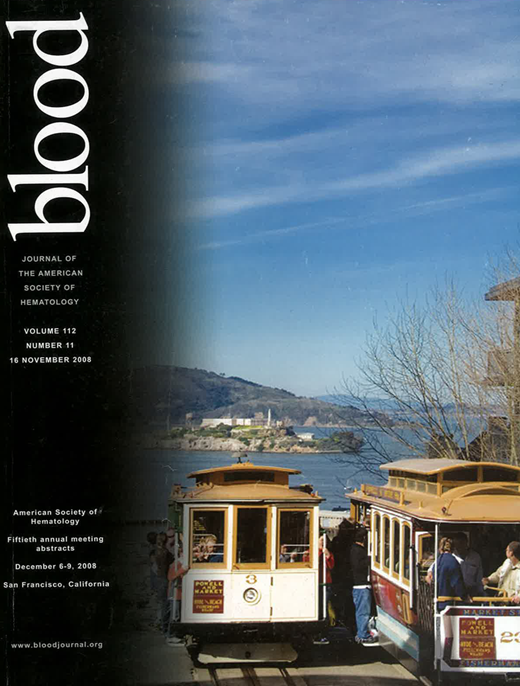Abstract
Prophylactic or therapeutic administration of donor derived multivirus-specific specific cytotoxic T lymphocytes (CTLs) can simultaneously target cytomegalovirus (CMV), adenovirus (Ad) and Epstein-Barr-Virus (EBV) antigens, and appears safe and effective in recipients of allogeneic hematopoietic stem cell transplantation (HSCT). Although these cells can protect against common post transplant virus infections, patients with leukemia continue to suffer a high rate of relapse, particularly if transplanted for high-risk acute lymphoblastic leukemia (B-ALL). We have hypothesized that our monoculture-derived multivirus specific CTLs can be further engineered to express chimeric antigen receptors (CAR) specific for CD19 molecule (CD19.CAR), which is present on most B-ALL blasts. Moreover, since viral specific CTLs are activated and expanded in vivo by viral antigen engagement of their native receptors, this effect should enhance anti-leukemic activity mediated through their transgenic CAR. Since umbilical cord blood (UCB) is increasingly used as a source of stem cells, we also evaluated whether this approach can be applicable to leukemic recipients of UCB derived stem cells. Multivirus-specific CTLs were generated from mononuclear cells (MNCs) obtained from the peripheral blood (PB) of healthy stem cell donors or UCB samples. Dendritic cells (DCs) and EBV-transformed lymphoblastoid cell lines (LCLs) transduced with an adenovector encoding the CMV pp65 protein (Ad5/f35pp65) were used as the source of CMV, Ad and EBV antigens. CTLs were obtained by weekly stimulation with antigen presenting cells in the presence of cytokines. After the 3rd specific antigen-stimulation, CTLs were transduced with retroviral supernatant encoding CD19.CAR, and then further expanded for 3–4 weeks. Expression of CD19.CAR was 65±14% for UCB-CTLs and 62±16% for PB-CTLs. CD19.CAR-modifed UBC-CTLs and PBCTLs retained the same growth kinetics as control multivirus CTLs (NT-CTLs). We first confirmed that CAR-modified CTLs retained native receptor specificity and function against their viral targets, using 51Cr release assays and IFNg Elispots. Both CD19.CAR+ UCB-CTLs and PB-CTLs produced the same level of 51Cr release against autologous PHA-blasts loaded with pp65 pepmix (69%±34% and 39%.±17%, respectively) as NT-UCB-CTLs and NT-PB-CTLs (74%±8% for PB-CTLs and 38%±15% for UCB-CTLs). No significant lysis was observed against autologous PHA blasts loaded with an irrelevant pepmix (<5% at a 40:1 E:T ratio) suggesting lack of alloreactivity. IFNg Elispot analysis confirmed that both CD19.CAR+ and control PB-CTLs produced significant amount of IFNg in response to pp65-pepmix (832±53 vs 869±57 SFC/105 cells, respectively), hexon-pepmix (285±29 vs 125±4) and EBV-specific peptides (323±14 vs 309±46) but not to irrelevant-pepmix (38±2 vs 5±2). For UCB-CTLs we found that both CD19.CAR+ and NT-CTLs responded mainly to pp65pepmix (100±14 vs 180±19 SFC/105 cells, respectively) and hexon-pepmix (130±28 vs 52±20). We next confirmed that chimeric receptor to CD19.CAR is expressed by the same cells that are virus specific, using pp65- and hexon- containing MHC multimers. Finally we measured the anti leukemic activity of these virus-specific CD19.CAR+ CTLs. Both CD19.CAR+ PB-CTLs and CD19.CAR+ UCB-CTLs lysed CD19+ target cells including Raji (73%±10% and 63%±12%, respectively, at a 40:1 E:T ratio), and primary B-ALL cells (68%±1% and 68%±6%, respectively), but not the CD19- target HDLM- 2 (10%±4% and 8%±4, respectively). In contrast negligible cytotoxic activity (<10%) was observed for control PB-CTLs and UCB-CTLs against CD19+ targets. Co-culture experiments confirmed the complete elimination of CD19+ targets by CD19.CAR+ CTLs. Hence CD19.CAR can be effectively transferred to multivirus-specific CTLs generated from both PB and UCB, potentially providing transplant recipients with a single T cell product that possesses both anti-viral and anti-leukemic properties.
Disclosures: No relevant conflicts of interest to declare.
Author notes
Corresponding author

